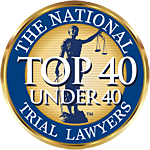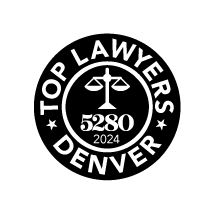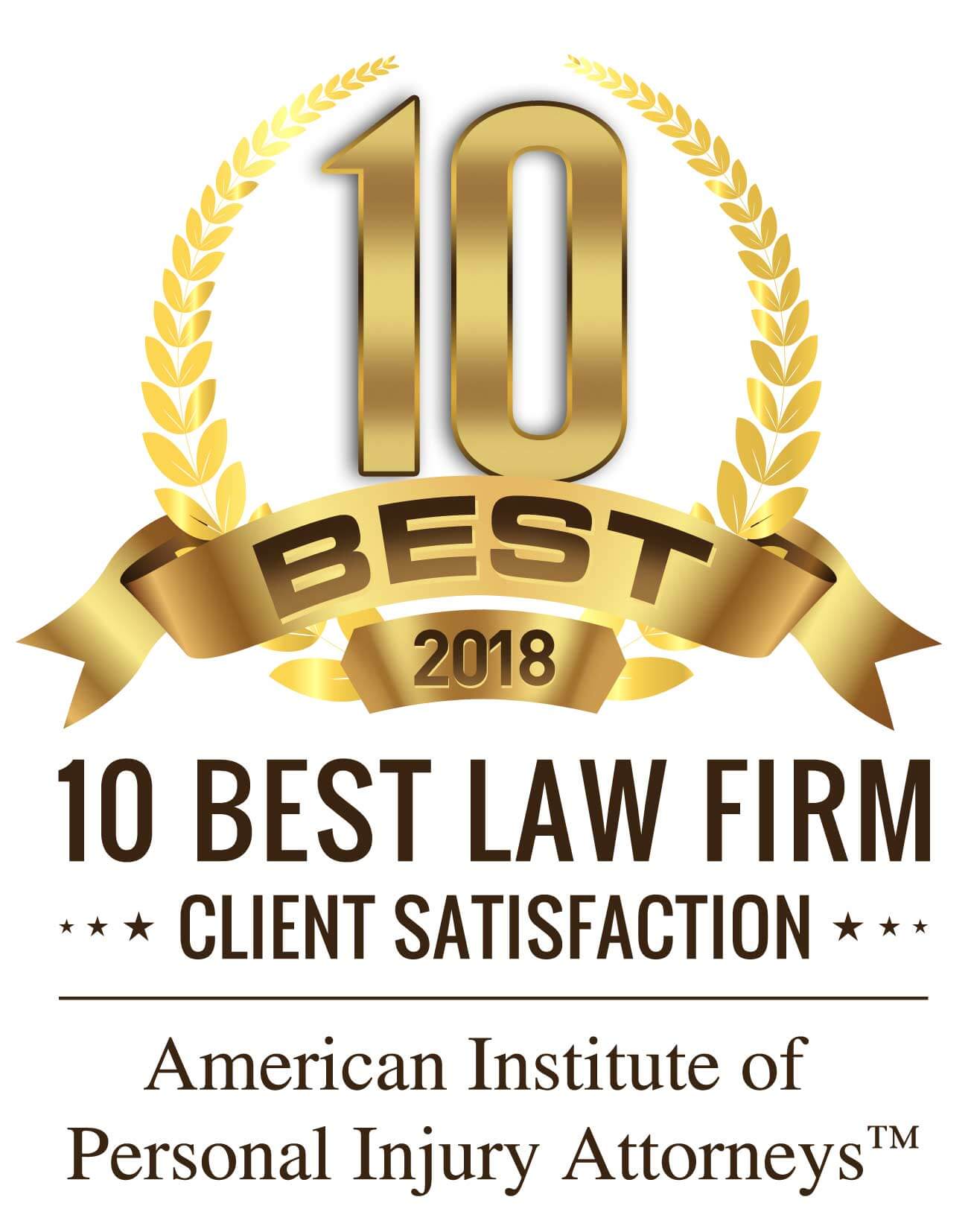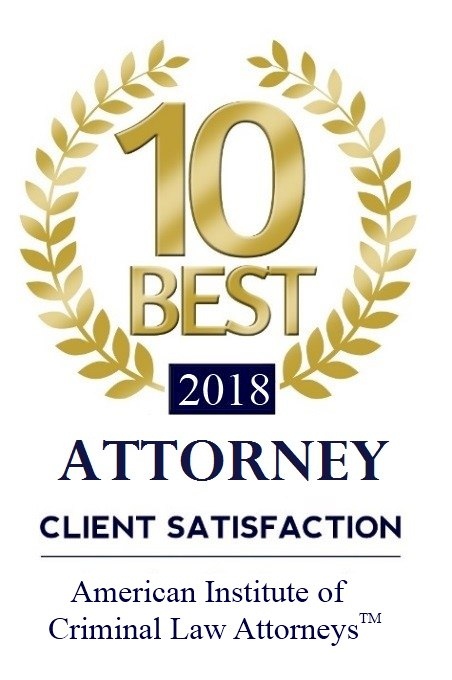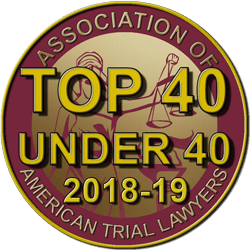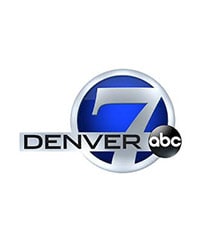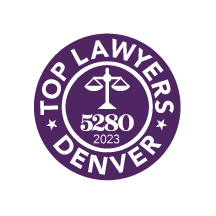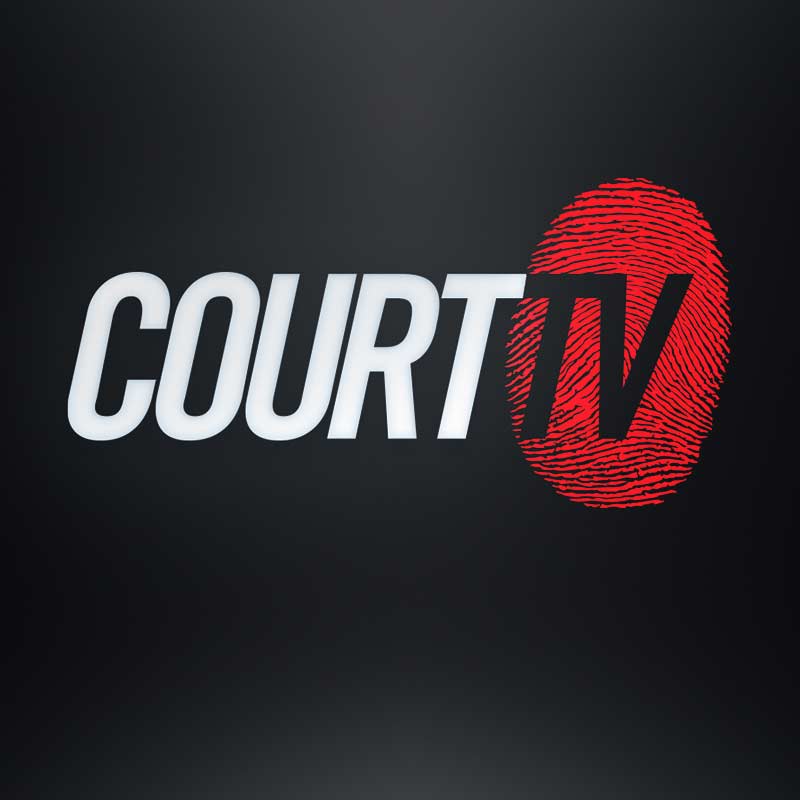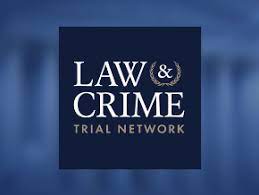Rear-end car accidents are common throughout the country and often lead to severe injuries. Even though fault might seem cut and dried in a rear-end accident, multiple parties can cause the crash. From the striking vehicle’s driver to the driver of the car that it hit, you might hold more than one person liable for a rear-end accident. Finding a car accident lawyer could help improve your odds with your claim.
Have You Experienced A Rear-End Accident Recently?
Getting into a car accident can be a stressful situation and you need to make sure you are getting what’s owed to you from your accident. Reaching out to an experienced car accident lawyer is a great first step.
Negligence in Car Accidents
Making a negligence determination after a car accident is vital because it helps understand who will pay for the damages incurred by the plaintiff. You will need to figure out what percentage of fault the driver had in the crash to determine how much money the driver who suffered injuries will collect.
To prove negligence in a car crash, you need to show that the at-fault driver either violated a traffic law or was not driving with the proper amount of care.
The most common forms of negligence in car accidents include:
- Tailgating
- Speeding
- Weaving in and out of traffic
- Wearing headphones while driving
- Texting or using any handheld device while driving
- Eating, drinking, or shaving while driving
Is Fault Automatic When Investigating a Rear-End Accident?
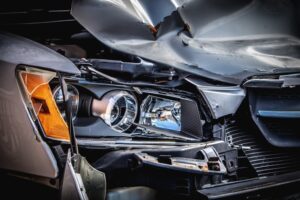
In the majority of rear-end accidents, the fault is often automatic. However, there are circumstances where the driver of the front car in a rear-end collision can be at fault for the crash, or a third vehicle can cause the accident. On top of it all, a pedestrian, bicyclist, or road conditions can also lead to a rear-end collision.
We determine fault by evaluating the negligence of the drivers and other parties involved. The party deemed negligent in the accident will be responsible for paying the plaintiff’s medical expenses and any other damages caused.
To recover compensation from the at-fault party, the injured party will need to show:
- The defendant owed the injured party a duty of care
- Negligence led to the breach of the duty of care
- The negligence of the defendant directly caused the victim’s injuries
The standard of care when driving includes:
- Exhibiting reasonable care when behind the wheel
- Being on the lookout for bicyclists, pedestrians, other vehicles, and obstacles
- Controlling the movement and the speed of the vehicle
Negligence occurs when the driver fails to use proper care when operating their vehicle.
What is Needed to Prove Fault in a Rear-End Accident?
To prove fault in a rear-end accident, your car accident attorney will need to look at and review:
- The police report
- Copies of traffic citations issued by the police
- A survey of the area where the accident happened
- Testimony from witnesses
- Photos and videos of the crash scene and actual crash
- Expert witness statements
- Accident reconstruction
Fault in a Rear-End Accident Caused by the Front Vehicle
While not typical, the driver of the front vehicle can be held liable in a rear-end collision.
The lead driver is usually negligent in a rear-end collision in cases of:
- Road rage
- Drunk driving
- Trying to get hit by another vehicle on purpose
- Pulling out in front of a moving car without yielding
- Backing up into a car
- Slamming on the brakes
- Operating a car with broken brake lights
Determining Fault When the Lead Vehicle Stops Suddenly

One of the most common reasons why rear-end accidents occur is because the lead vehicle comes to a sudden stop, causing the rear car or truck to crash into it. Even though the lead vehicle’s driver applied the brakes suddenly, the rear vehicle’s driver might still be liable for the crash.
In most states, laws require drivers to leave enough room between their vehicle and the vehicle in front of them, so they can safely stop. There is no set distance mentioned in the law for drivers to observe when following other vehicles. Instead, the following distance deemed safe depends on the road and weather conditions.
Drivers should adjust their following distance:
- If the road is wet
- If the vehicle is traveling at night
- If loose gravel is present
- If there is stop-and-go traffic
- If the vehicle is heavier than most
- If the car has soft brakes
Distracted drivers can also cause rear-end accidents. Suppose the following driver is not paying attention to traffic or road conditions, and the lead vehicle stops suddenly. In that case, the following driver can be held liable for the crash because of their inattention.
Sudden Stopping Caused by Distracted Driving
Distracted driving is one of the leading causes of accidents, including rear-end collisions. On top of that, mobile devices are the leading cause of distracted driving crashes. However, drivers can become distracted for more reasons than just using a cell phone or other mobile device.
Distractions can come from:
- Looking at a map or using a GPS
- Changing radio stations or CDs
- Talking to passengers
- Yelling at children in the backseat
- Having a dog or other pet loose in the vehicle
- Lighting a cigar or cigarette
- Adjusting the steering wheel or seat
- Eating or drinking
- Getting dressed or shaving
- Concentrating on a billboard, bumper sticker, or other items outside of the vehicle not related to driving
Determining Fault When a Collision Occurs After Pulling in Front of a Moving Vehicle
Since both the lead driver and the following driver can contribute to a crash, someone will need to investigate the crash to determine liability.
The factors of the crash that we need to examine include:
- The conditions of the road
- The speed of both vehicles
- Lane markings
- Traffic signals
- Not signaling when making a turn or changing lanes
If the driver that pulled out suddenly into traffic did so by crossing a double yellow line, crossing multiple lanes of traffic, or failing to use a signal, you may hold that driver held liable for the rear-end accident. If the striking driver was not operating their vehicle carefully by speeding, weaving in and out of traffic, or tailgating, that driver can be held liable for the crash.
How Right-of-Way, Left Turns, and U-Turns Factor Into Rear-End Accidents and Determining Fault
We cannot forget to mention how right-of-way, left turns, and U-turns play into determining fault in rear-end accidents. When a driver makes a U-turn or left turn in front of oncoming traffic and is in a collision with another vehicle, the driver that made the turn without yielding can wind up being held liable for the damages caused by the crash.
Drivers making left turns or U-turns are required to check for oncoming traffic. On top of that, they must make sure that oncoming traffic is far enough away that they can make a safe turn without running the risk of being struck by another vehicle.
Rear-End Accidents Caused by Third Parties
It is quite common for rear-end accidents to involve multiple vehicles. Third parties often cause these accidents. For example, you are in the lead vehicle stopped at a red light when the vehicle behind you hits your vehicle. It can be possible that the vehicle that hit you was also hit from behind by a third vehicle. In an accident of this magnitude, the third vehicle can be held entirely liable for the crash.
At the same time, any of the following factors can cause a rear-end accident involving multiple vehicles:
- Brake manufacturers
- Reckless drivers
- Hazardous road conditions
- A pedestrian or cyclist
- A dog or child running into the street
What Are The Damages You Can Claim in a Rear-End Accident?
Depending on the severity and circumstances of the crash, you can claim damages in a rear-end collision for:
- Medical supplies
- Lost wages
- Medical expenses
- Pain and suffering
- Scarring and disfigurement
- Loss of consortium
- Loss of enjoyment of your life
- Occupational or physical therapy
- Loss of future earning capacity
Is a Lawyer Necessary if Fault is Cut and Dried?
Even if you obviously did not cause the rear-end crash, consult a lawyer. The other party’s insurance company will attempt to lowball you, and their lawyer might try to blame you for the accident despite what the evidence says. It is a common thought that victims of car accidents can represent themselves in a claim or rely on their own insurance company to protect them, but that is false.
An experienced car accident attorney knows how insurance companies operate, including their tactics to prevent plaintiffs from fighting for compensation. An attorney will ensure that your rights are protected and that the insurance company or defendant’s attorney does not try to reduce your injuries or blame you for the crash.
What Happens if an Uninsured Driver Caused the Rear-End Crash?
The sad fact is that many uninsured drivers are on the roads today, even though they are required to have minimum coverage as set forth by their state. Insurance companies must offer uninsured/underinsured motorist coverage, but the law does not require all drivers to carry this coverage. This form of coverage is an optional add-on, which you might never have to use, but it is effective when necessary.
Suppose you suffered an injury in a rear-end accident with an uninsured or underinsured driver, and you have this coverage. In that case, you will need to activate it with your insurance company to receive compensation for your injuries. Should you not have this type of compensation, you will need to file a personal injury claim against the at-fault driver but likely will be unable to recover since they did not have coverage in the first place.
Steps to Take Following a Rear-End Accident
Always seek medical treatment for injuries from a rear-end collision.
Getting a quick diagnosis of all your injuries has two main benefits:
- You can begin the treatment you need immediately and ensure your injuries are stable. Swift medical attention can often prevent complications and help with a faster physical recovery. It can also identify invisible injuries that you might not notice without diagnostic testing.
- You will have a medical record shortly after the accident. This helps you prove the specific injuries you suffered in the crash, and it makes it difficult for insurance companies to question the source of your injuries.
Many people do not have visible injuries after a rear-end collision, but they might feel stiff, sore, or disoriented. These can be signs of serious soft tissue damage or concussions, so if you notice anything unusual, err on the safe side and see a doctor for an evaluation. Invisible injuries can often be serious and have lasting effects, and you need treatment and compensation for your bills even if your injuries seem relatively minor at first.
Talk to an experienced car accident attorney after a rear-end accident. They can answer your questions, investigate the crash, and ensure that you do not miss the statute of limitations for filing a claim.
Lastly, do not post about the accident on social media. Always refrain from using social media altogether in the months following being injured in a car accident.
Injured in a Rear-End Accident? Call a Car Accident Attorney Today
Did you suffer injuries in a rear-end accident? It is in your best interest to speak about the case with a car accident lawyer. While you can choose to represent yourself in an accident claim, it is never a good idea to do so. Insurance companies take advantage of unrepresented claimants, and they will tell you hiring a lawyer is unnecessary. They know that if you do not have legal guidance, you are more likely to accept less than you deserve.
An attorney can conduct an investigation of the crash by collecting evidence and talking to witnesses. They can handle all insurance negotiations and fight for the full compensation you need to cover your losses.
Contact us today to get started on your claim.




